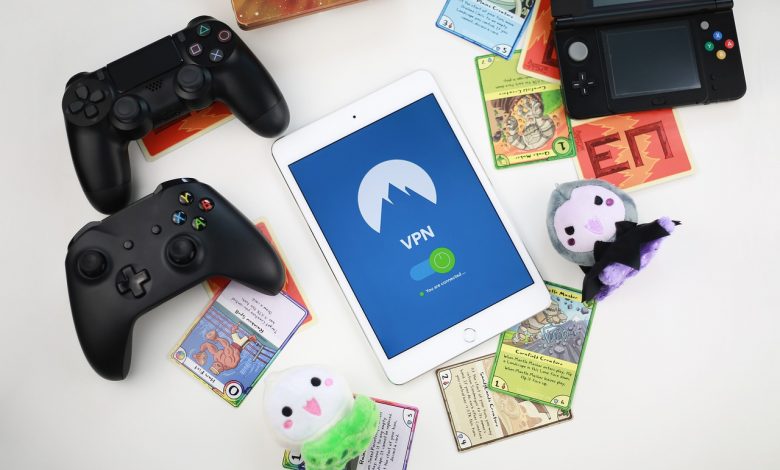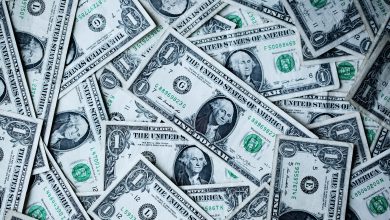The New Collecting Craze: What Is the Non-Fungible Token Market?

You may not have heard about non-fungible tokens, per say, but it’s possible you did hear once upon a time some crazy story in the news about someone paying a ridiculous amount of money for a digital cat – or “Cryptokitty.” The Cryptokitty market blew up near the end of 2017, with what appeared to simply be little digital cat drawings selling for as high as $110,000 and mainstream news lambasting the “Cryptokitty bubble.” However, the Cryptokitty craze, while Cryptokitties were not the first group of non-fungible tokens (NFTs), did bring NFTs into the light.
So what exactly is a non-fungible token, and why is it cool?
“Non-fungible” makes something actually quite simple sound complicated. Fungibility, for example, is – well, first and foremost, the opposite of non-fungible – but beyond that, it’s the property that makes something interchangeable. Money is fungible. If you have a five-dollar bill, you can exchange that for my five-dollar bill, and your new five-dollar bill will work the same way as the one you just swapped to me. They’re exchangeable, interchangeable, or fungible. Most of the other stuff you have – your phone, your house, your real-life cat, or your sibling, for example – are non-fungible, meaning they’re unique. They’re special, and they’re not interchangeable. You can’t just swap out one for another.
These are examples of things that are non-fungible, and in a more true-to-life example, they could describe things such as artwork, collectible cars, or trading cards. The only difference on the blockchain is that (at the current moment) most of the things you can purchase are digital – like digital cats. But like a card trading game, since the blockchain allows you unique ownership of your unique kitty, Cryptokitties were also traded, “bred” to make new cats, and a host of other activities (like buying accessories for your cat) that grew into popularity just like they might in real life (let’s remember Beanie Babies, shall we?) The only difference is the whole shenanigan is played out on the internet. So besides blockchain allowing undisputable ownership (more on that here for curious minds) of whatever your obsession of choice is, the digital properties of the items themselves allow for an almost infinite host of offshoots and opportunities when it comes to what you can do with your stuff, not the least of which becomes the potential to sell it in the event your item becomes popular.
A Little History of NFTs
NFTs didn’t begin with Cryptokitties. It actually started with what were called “colored coins” on the Bitcoin network. At that time, a coin could be “colored” with a little bit of extra metadata that made it unique, turning it into a token that could represent whatever it was labeled to identify – from a share in a new project to a physical vehicle or anything else the creator wanted it to represent. Pieces of digital art depicting some of the cryptoverse’s favorite characters were some of the first items to be represented by colored coins, and traded amongst enthusiasts as such, on eBay and even at a live auction in New York. Later, the first NFT based on the Ethereum network hit the scene. CryptoPunks, built by a couple of talented developers, offered 10,000 unique digital characters that could be traded on the blockchain, and while thousands of NFTs have arrived online since CryptoPunk’s inception pre-Cryptokitties, they’re still considered some of the first real original – and now “antique” – NFTs on the market.
NFTs Today
The NFT market today, while somewhat hard to pin an exact amount on, does roughly two to three million or so in sales per month. Through sites like OpenSea, Worldwide Asset eXchange (WAX), and others, users are trading everything from digital land in virtual worlds to digital art and trading cards. The largest use of NFTs today, meanwhile, is so far in gaming. Character “wearables” like cool shades or hats, or special items like unique weapons, can sell for a pretty penny on the NFT market. My Crypto Heroes, a role-playing game that has a massive number of in-game items easily transferable to the secondary NFT market, did almost two million in sales in the second half of 2019. With the option to play the game as a farmer, a trader, or a warrior, any character can find and earn items that can be transferred out of the game for potential sale in real-world money (if the owner chooses to do so).
Trading card games, meanwhile, have been a natural fit for the transition to non-fungible tokens. Simply moving card trading and gaming online, ownership and transfer of cards are recorded on the blockchain, with – just like real life – rare, powerful, and simply super cool cards selling for more and those with less rarity or not as cool selling for less. NFTs are a collector’s dream, with a worldwide marketplace for a savvy seller’s wares, as well as a virtually infinite number of items to choose from. Sites even exist to make your own NFT, and some businesses have used them to give away unique swag items at events and conferences (all transferable online).
Virtual worlds, like Decentraland and Cryptovoxels, extensively utilize NFTs. With virtual districts inside them for shopping, socializing, gaming, and more, non-fungible tokens identify ownership of everything inside the worlds, from avatars to land and art. What makes the markets different from say, SecondLife, is that, while you might have been able to find a buyer for your Linden dollars (the currency of SecondLife), exchanges around the world already are in place for easily onboarding and off-ramping digital to fiat currency, and the cryptocurrencies used to buy and sell these NFTs are used extensively across multiple platforms. The third-largest NFT asset class by market size is naming services. Just like you would own a domain name like “Iamsupercool.com,” the Ethereum Name Service, which launched in 2017, offers decentralized domain names on the Ethereum blockchain. Shortly after launch, ENS Domains had about 170,000 ETH (or, by today’s count, over 44 million dollars) in names claimed. Other ventures like the “.crypto” domain came along shortly after, backed by venture capital, and, just like any other NFT, the names can be bought and sold at will through the online markets.
The future of NFTs is bright. Some even expect it will be a ten-plus billion dollar market. Meanwhile, with the price of certain Beanie Babies alone selling for over five thousand dollars at the height of their craze (and some people still wishfully listing prices like half a million on eBay), it’s not hard to imagine that it’s possible with a market with infinitely greater use cases. Gaming, for example, is already a multi-billion dollar market by itself, outside of the potential applications of virtual reality worlds, and the benefits of indisputably identifying ownership of rare items like art on-chain, all of which fall under the NFT umbrella. And while not all projects succeed, or have sternly serious, professional use cases – Cheese Wizards, with your pasteurized and unpasteurized wizards, I’m looking at you – the world of NFTs will no doubt be a formidable market to be taken quite seriously indeed.



